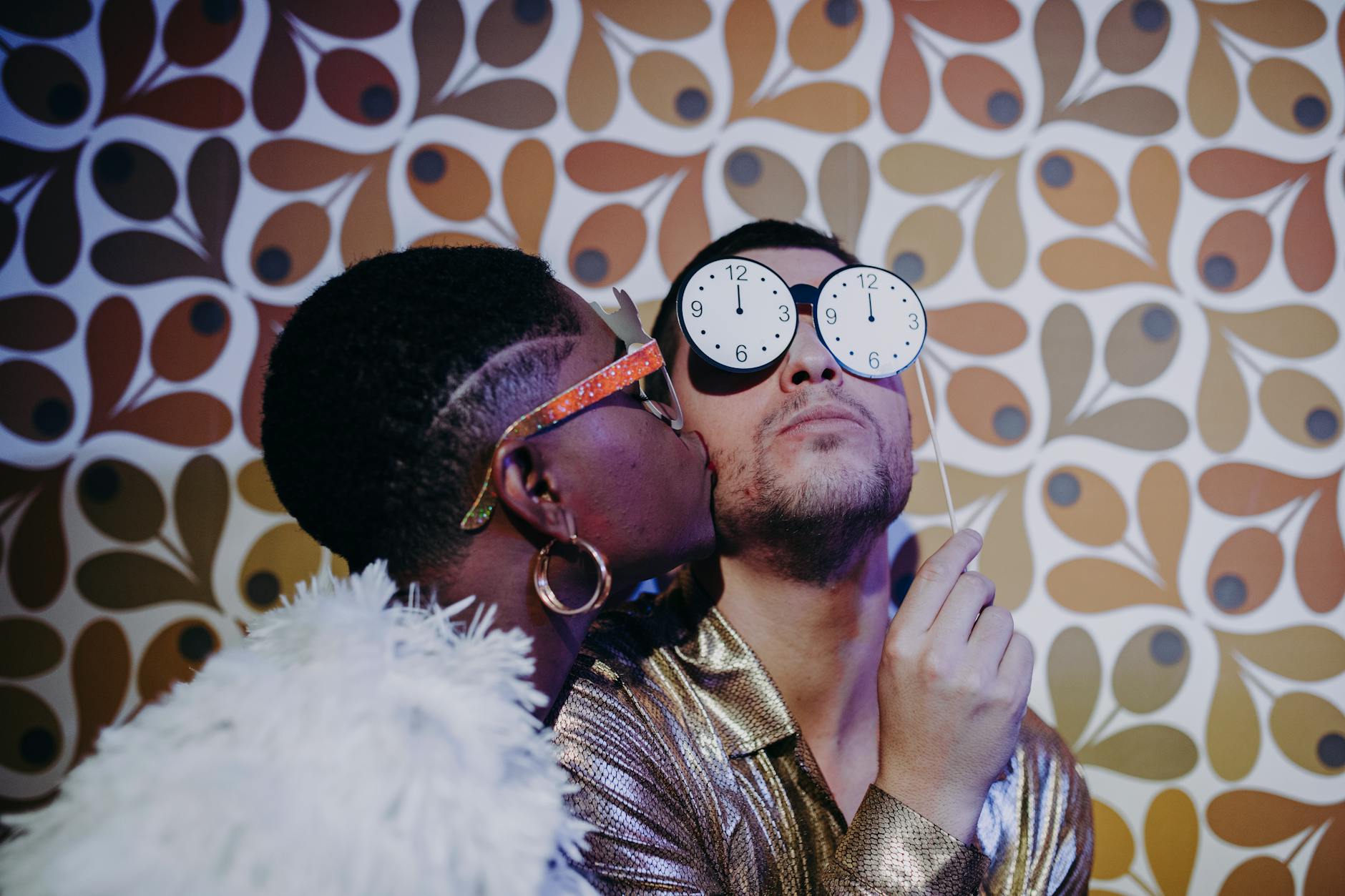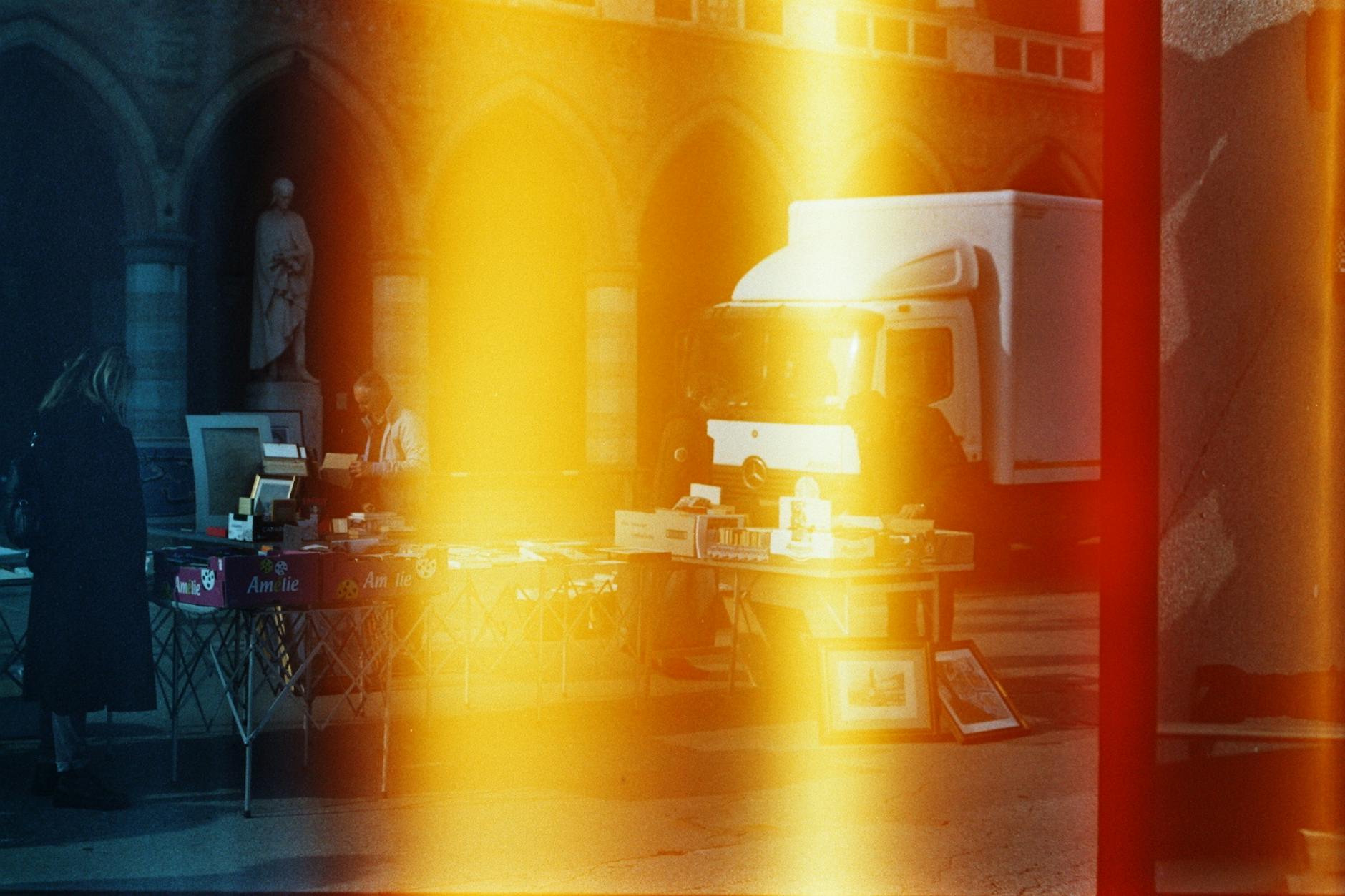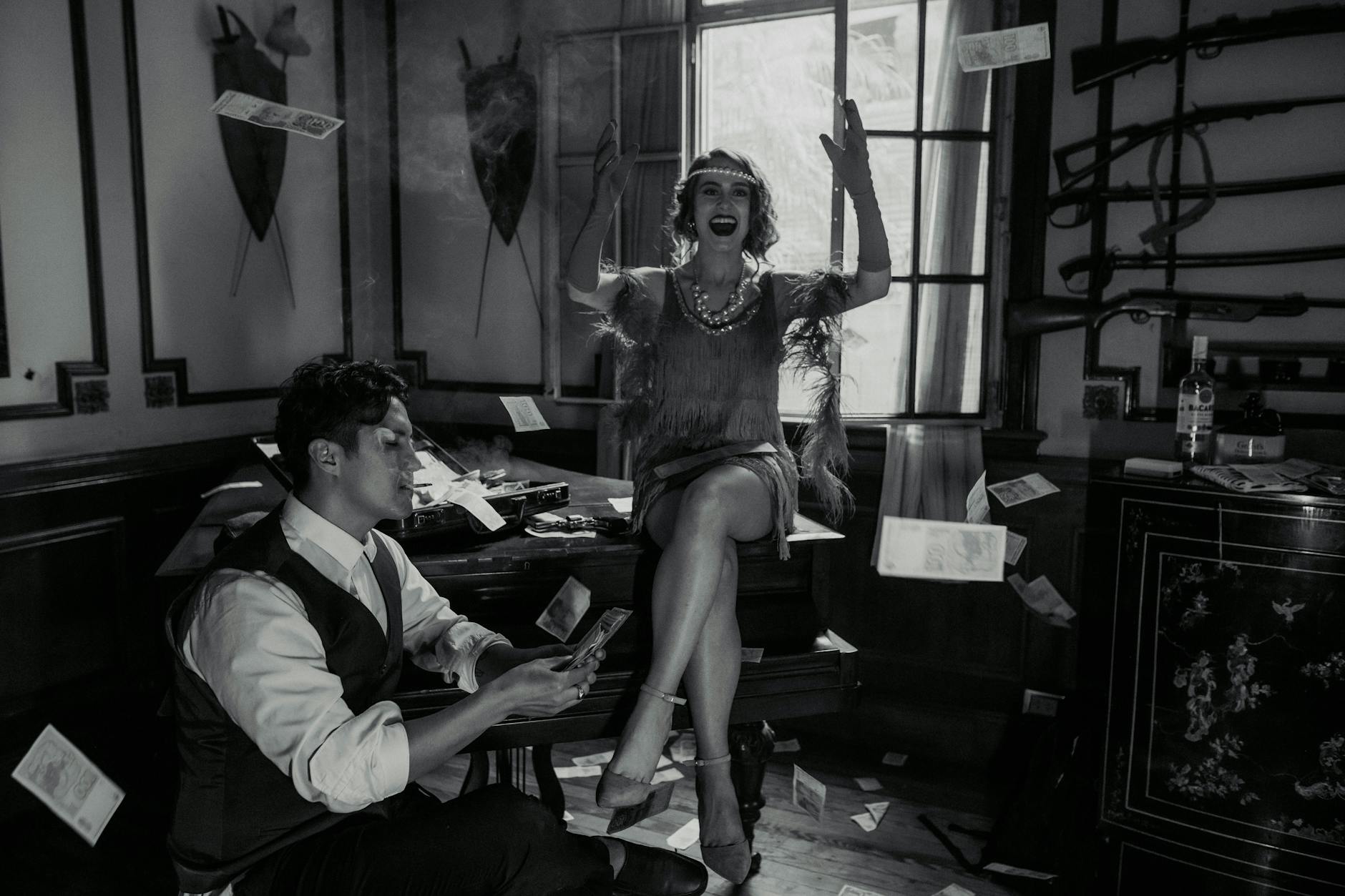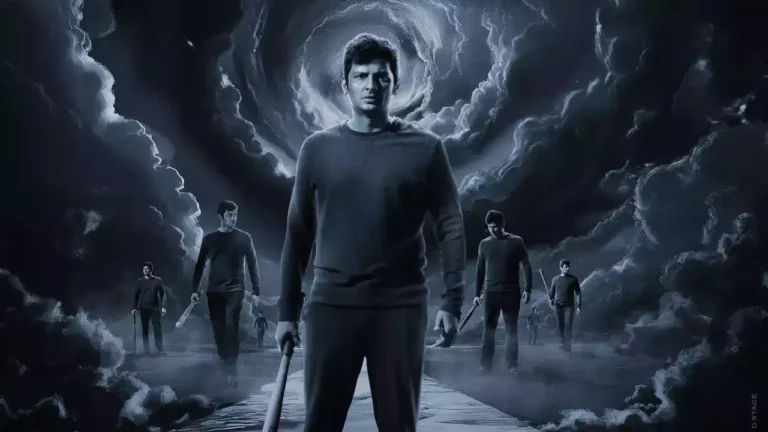Here are a few questions for you- Which decade is your favorite when it comes to movies, music, pop culture, and fashion from the last 100 years? And which decade do you like the least?
Take some time to think about it.

Most people have a soft spot for the decade when they were 16, while they may not be as fond of the decade their parents grew up in. Along those lines, the 1970s seem to stand out for many, while the 1950s can feel a bit frustrating.
There’s also a lot to love about the 1920s, especially the late part of the decade. Like the ’70s, the style of the ’20s is instantly recognizable. Unlike the ’80s, ’90s, or early 2000s, which sometimes blur together, the 1920s had a very unique vibe. From jazz to fashion and literature, the ’20s felt like a big break from the past—a fresh start that’s hard to imagine happening today.
Why? Maybe it’s because technology now keeps the past so present. We’re surrounded by so much history, and it’s only becoming more accessible.
Think about platforms like YouTube, where you can find clips from almost any era. Or satellite radio stations dedicated entirely to specific decades of music. Before VHS tapes came along in the ’80s, old movies only popped up randomly on late-night TV. Now, with streaming services, we can watch films from any decade whenever we want.
This constant presence of the past is something new in human history, and its impact on culture and our minds hasn’t really been studied much. But don’t you think it should be?
Think about this: fifty years ago, in the mid-1970s, people imagined that by 2024, we’d all be walking around in spacesuits. They probably pictured wild hairstyles. But none of that came true. I wonder if part of the reason is that the constant influence of the past has slowed down those kinds of big changes.
You can see this with music too. The music from 1924 was completely different from the music of 1974, and that huge shift affected how people saw their own time.

Looking at music in 2024, it’s clear it’s evolved from 1974, but not so drastically that a classic like “It’s Only Rock and Roll” couldn’t still be popular. Similarly, if Beyonce were suddenly placed in the 1970s, she’d likely be a big deal there too.
In the 1960s, experimental films like Chelsea Girls and Persona seemed to promise a new era for cinema. However, movies haven’t changed dramatically in terms of their appearance or sound.
The persistence of the past doesn’t just limit new ideas—it also reduces the impact of truly innovative works. For example, films like Tom Jones (1963) might seem more revolutionary if we didn’t have so many follow-up films that mimicked their style.
Conclusion
What’s your favorite decade for movies, fashion, or music? As you think about this, remember that the past is always around you, influencing your choices and tastes in ways you might not always see.





[…] ALSO READ | What’s your #1 10 years for mainstream society? […]